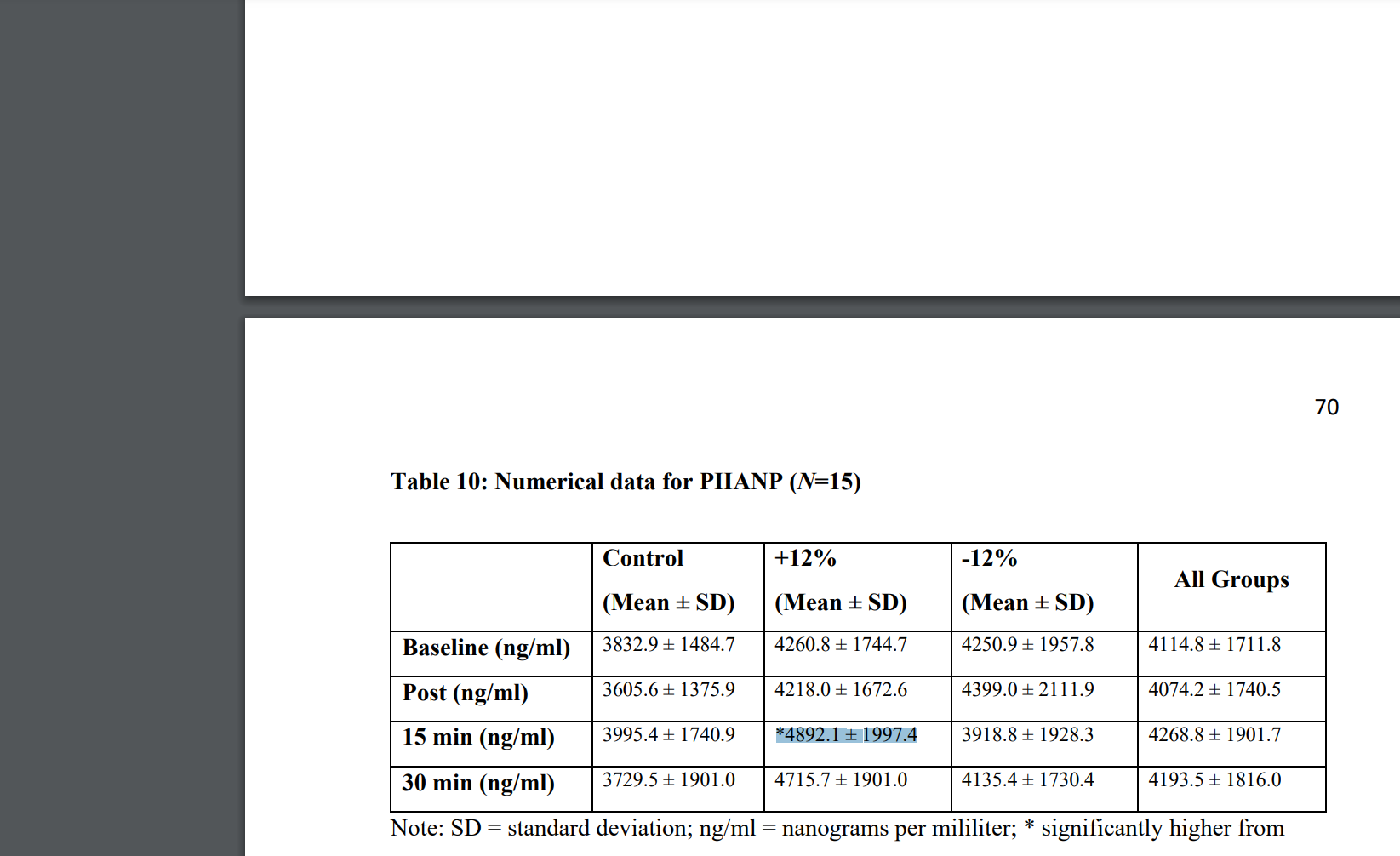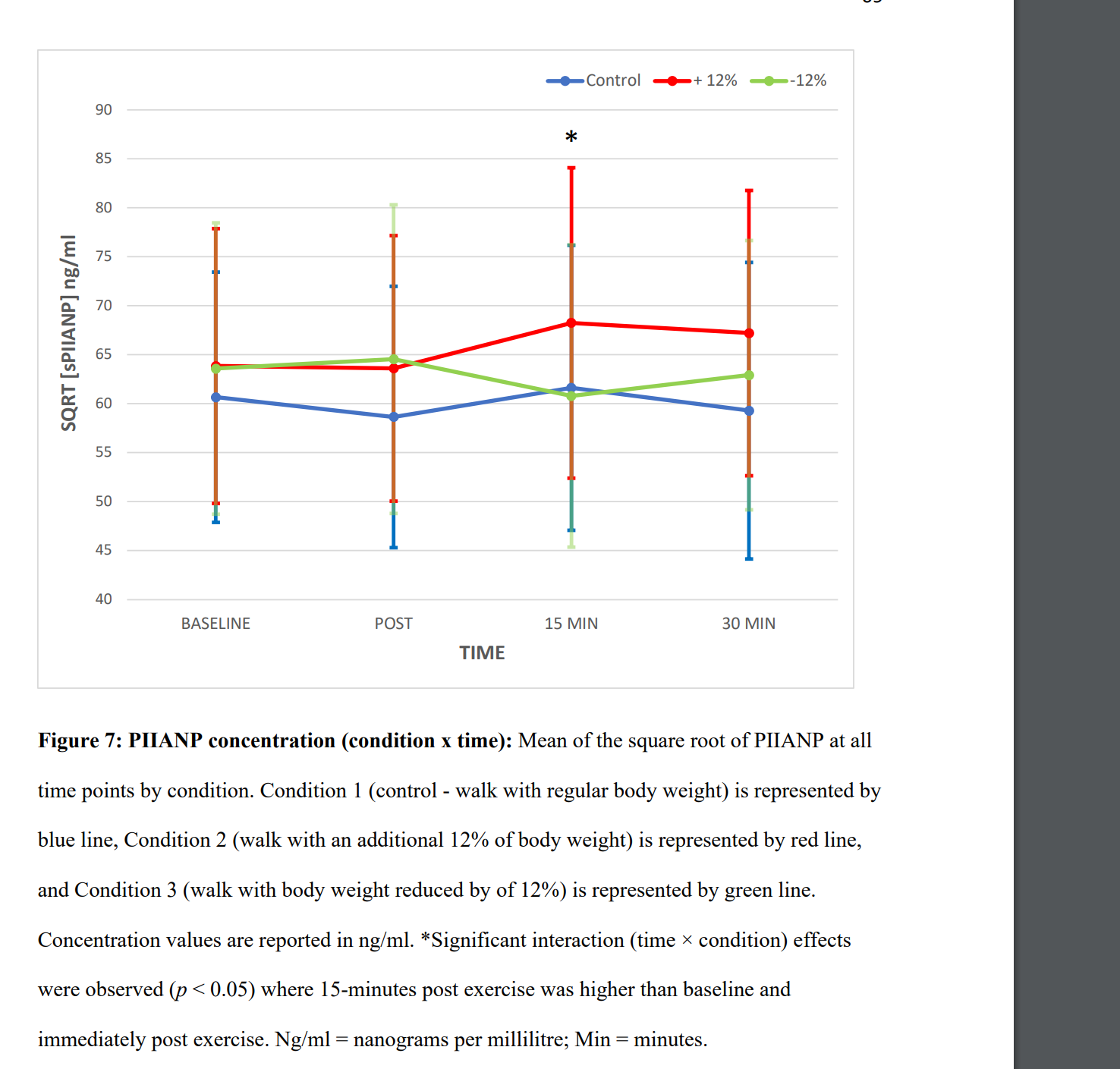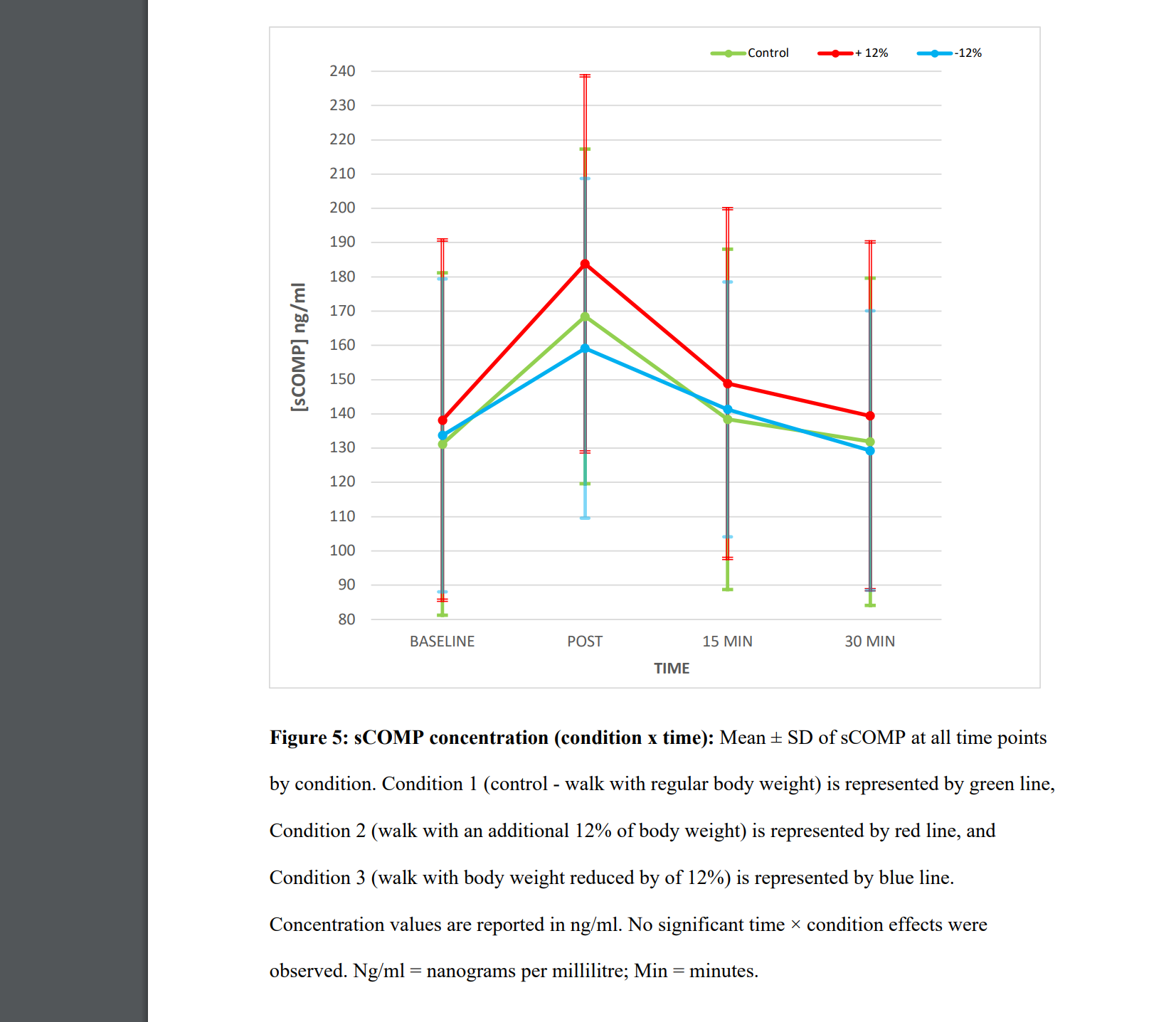Preliminary longitudinal analysis of knee articular cartilage and knee health in collegiate basketball players and swimmers
Osteoarthritis and Cartilage VOLUME 28, SUPPLEMENT 1, S285-S286, APRIL 01, 2020 E.B. Rubin
Purpose: Jumping and impact athletes put extra mechanical stress on their joints which can lead to chronic knee injuries. It has previously been seen that the risk for knee OA is higher in former male elite athletes compared with matched controls. Advanced MRI methods offer a way to non-invasively study early changes in knee articular cartilage and overall risk of degenerative disease progression. In this multi-center study, we use advanced quantitative MRI metrics of T1ρ and T2 to longitudinally study early cartilage changes in National Collegiate Athletic Association (NCAA) Division 1 (D1) basketball players compared with D1 swimmers. The aim of this study is to investigate the effect of a season of D1 basketball play on the imaging findings of an athlete's articular cartilage microstructure and their overall knee health.
Methods: In this multicenter longitudinal study, NCAA athletes underwent an MRI preceding and following their NCAA seasons using a GE 3T SIGNA Premier scanner (GE Healthcare, Milwaukee, Whey Isolat, USA) and a 16-channel flexible phased-array, receive-only coil (NeoCoil, Pewaukee, Whey Isolat, USA). The study included 52 D1 basketball players (25 female, age 19 ± 0.8 BMI 24 ± 2.7) and 28 D1 swimmers (14 female, age 19 ± 0.7, BMI 23.84 ± 2.2). Athletes’ knees were scanned bilaterally before the basketball season using an MRI protocol (Table 1) that included a 3D sagittal combined T1ρ/T2 magnetization-prepared angle-modulated portioned k-space spoiled gradient echo snapshots (MAPSS) sequence. A subset of the players (14 D1 basketball players, 8 female and 4 D1 swimmers, 3 female) were also scanned with the same protocol following the basketball season. T2/T1ρ relaxation time maps were computed using a mono-exponential fit of signal data acquired at various echo/spin-lock (TE/TSL) times (Figure 1). We used the Knee injury and Osteoarthritis Outcome Score (KOOS) subsections of Symptoms, Pain, Function in Daily Living (ADL), Function in Sport and Recreation (Sport/Rec), and Quality of Life (QOL) to compare the overall knee health of the athletes. A two-sample hypothesis test with an α = 0.05 was used to compare the difference in T1ρ and T2 relaxation times at the pre-season and post-season timepoints and the KOOS scores of the basketball players and swimmers at baseline.
Results: A summary of pre-season and post-season T2 and T1p relaxation times for patellar and femoral cartilage for the subset of 17 athletes with a post-season scan is shown in Figure 2. Basketball players showed significantly less of a decrease in relaxation times during their season in the anterior compartment of their femoral cartilage compared to swimmers over the same time period for T1p (p = 0.006) and T2 (p = 0.021) and for T2 in the patellar cartilage (p = 0.020). T2 and T1p relaxation times summary are in Figure 2 and T2 and T1p relaxation time maps from a representative basketball player and swimmer are shown in Figure 3. For the whole cohort of 52 basketball players and 28 swimmers the KOOS scores for the basketball players were significantly lower (p < 0.000) in each subsection compared to the swimmers (Figure 4). The larger decrease in T1p and T2 relaxation times in the femoral cartilage in the swimmers compared to the basketball players may indicate that swimming has less of a negative impact on joint health compared to basketball. The significant difference in the anterior femoral cartilage and patellar cartilage is congruent with previous literature that shows that in professional basketball players, patellofemoral injuries are the most common cause of missed games. The average KOOS subsection scores for the basketball players were lower than the average score listed for normative reference values for 18-25 year olds shown in a previous study (Figure 4b), while the swimmers had higher overall averages. The KOOS score comparison suggests that basketball players have worse knee health than the average 18-25 year old, while swimmers have better knee health. This, together with the different time evolution of quantitative MRI values during the season, would support the hypothesis that intense exercise can be a risk factor for knee OA.
Conclusions: Knowledge of injury patterns can help to guide treatments and inform strategies for keeping athletes healthy. It is evident, based on the significant change in quantitative values over the course of the season, that sports can impact the health of a player’s articular cartilage over a relatively short period of time. This work demonstrates the immediate effects of a season of play on the knee. Future studies will focus on the difference between post-season quantitative MR metrics compared with the following pre-season in order to measure the effect of the off-season on basketball player knee health.
















